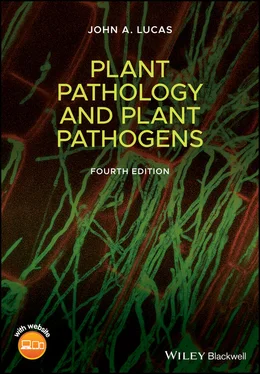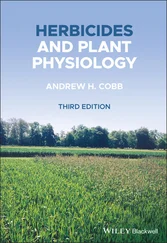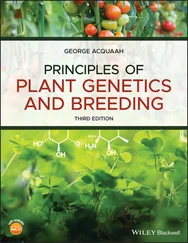Although at present, definitions of disease lack precision, it may ultimately be possible to describe all malfunctions in terms of biochemical changes. To date, this has been achieved in only a few exceptional cases, notably in diseases caused by fungi which produce host‐specific toxins, where all the symptoms are due to a single toxic compound acting at a specific target site (see Chapter 8).
A doctor diagnoses illness in a patient by looking for visible or measurable signs that the body is not functioning normally. Such signs are known as symptomsand they may occur singly or in characteristic combinations and sequences. For example, someone suffering from influenza may have a sore throat, fever, and muscular aches and pains. Such a group of symptoms occurring together and in a regular sequence is termed a disease syndrome. For many diseases, the occurrence of a particular combination of symptoms is sufficient to arrive at an accurate diagnosis. Alternatively, symptoms may be common to a wide variety of diseases (for instance, fever is a generalized response to both infection and certain types of injury). In such cases, detailed microbiological and biochemical analyses will be necessary to detect other diagnostic symptoms.
Similar considerations apply to the diagnosis of disease in plants. Just as with doctors and human disease, plant pathologists must be aware of the range of visual disease symptoms, the organs affected ( Figure 1.2) and what these suggest as the cause of the problem.
The major symptoms of disease in plants are listed in Table 1.1on the basis of the functions affected. This approach is used because it directs attention to the underlying nature of the disorder. For instance, the presence of galls or other cancerous growths immediately suggests some malfunction in the control of cell division; this in turn implicates a hormonal imbalance and/or genetic change in host cells. It should be realized that this classification of symptoms is to some extent arbitrary and nonspecific. Permanent wilting provides a useful example. Although this symptom suggests that something is interfering with the uptake and transport of water, the symptom itself tells us little about the actual site or cause of the interference. The problem could be due either to a blockage in the vascular system, as in vascular wilt diseases, or to a general destruction of root tissues. It is also possible that the problem has little to do with water uptake or transport; in some diseases, such as infections of leaves by rust fungi, wilting is a sign of excessive water loss due to increased transpiration.
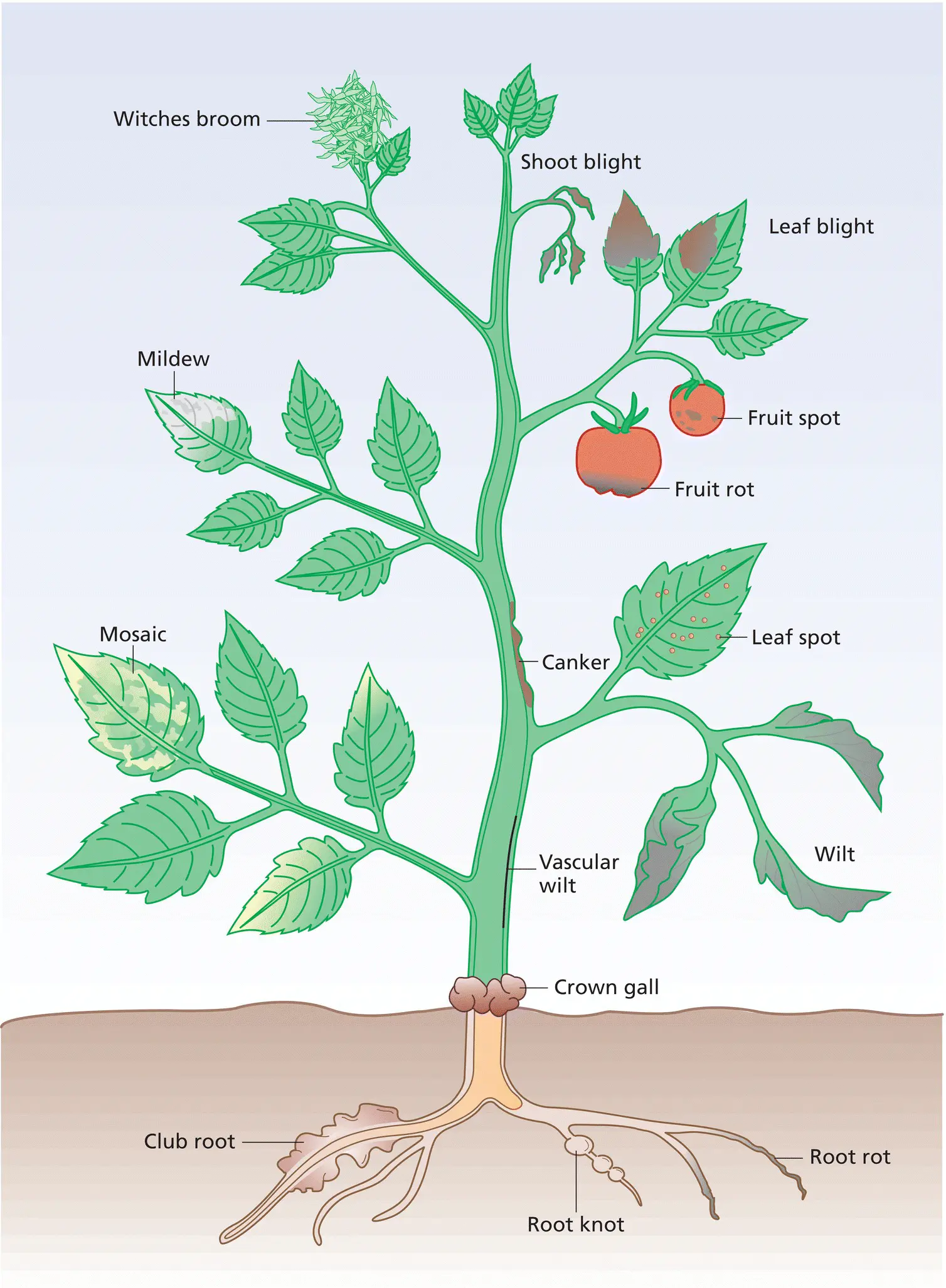
Figure 1.2 Some disease symptoms caused by pathogens infecting different plant organs.
Table 1.1 Symptoms of disease in plants
| Symptom |
Function affected |
Examples |
| Stunting |
General development |
Take‐all of cereals, barley yellow dwarf, Napier grass stunt (phytoplasma) |
| Necrosis (cell death) |
General |
Whole plant – damping off of seedlings |
| Leaf tissues – potato late blight, botrytis gray mold of vegetables and ornamentals |
| Storage tissues – Erwinia and Dickeya rot of potatoes and vegetables |
| Woody tissues – apple canker, fireblight, chestnut blight |
| Chlorosis |
Photosynthesis |
Cereal rusts, beet mild yellowing virus, halo blight of bean, cassava mosaic diseases |
| Wilting |
Water relations |
Panama disease of bananas, Verticillium wilt of tomatoes, bacterial wilt of cucurbits |
| Hypertrophy |
Growth regulation |
Club root of brassicas, maize smut, peach leaf curl |
| Hyperplasia |
Growth regulation |
Crown gall, cocoa witches broom, peach leaf curl |
| Leaf abscission |
Growth regulation |
Leaf blight of rubber, coffee rust, black spot of roses |
| Etiolation |
Growth regulation |
Bakanae disease of rice |
| Inhibition of flowering and fruiting |
Reproduction |
Choke of grasses |
| Ergot of grasses, cereal smut diseases |
| Abnormal coloration |
Pigment synthesis |
Grapevine leaf roll virus, citrus greening, tulip breaking virus |
The symptoms listed in Table 1.1will also interact in numerous ways. In club root of cabbage, the basic symptoms are hypertrophy (abnormal enlargement of cells) and hyperplasia (uncontrolled cell proliferation) in root tissue ( Figure 1.3), but the first visible symptom is often wilting of the aerial parts of the plant. Any disruption of normal root development inevitably affects other functions such as water and nutrient transport. In view of the highly integrated nature of life processes, it is hardly surprising that attempts to define symptoms often lack precision.
The relative importance of any symptom will vary, depending not only upon its duration and severity but also on the habit or life form of the plant affected. Hence, necrosis in the stem of an herbaceous seedling will probably lead to the death of the whole plant, while necrotic lesions (known as cankers) in the stem of a woody perennial may only result in the loss of a twig or branch. If, however, such a lesion girdles the trunk of a tree, then translocation will be disrupted to the extent that the plant will die.

Figure 1.3 Club root disease of brassicas. (a) Primary infection causes distortion of root hairs, which contain plasmodia of the pathogen Plasmodiophora brassicae . Bar = 50 µm (b). Secondary infection of the main root leads to division and enlargement of cortical cells to produce the typical “clubbed” root symptom.
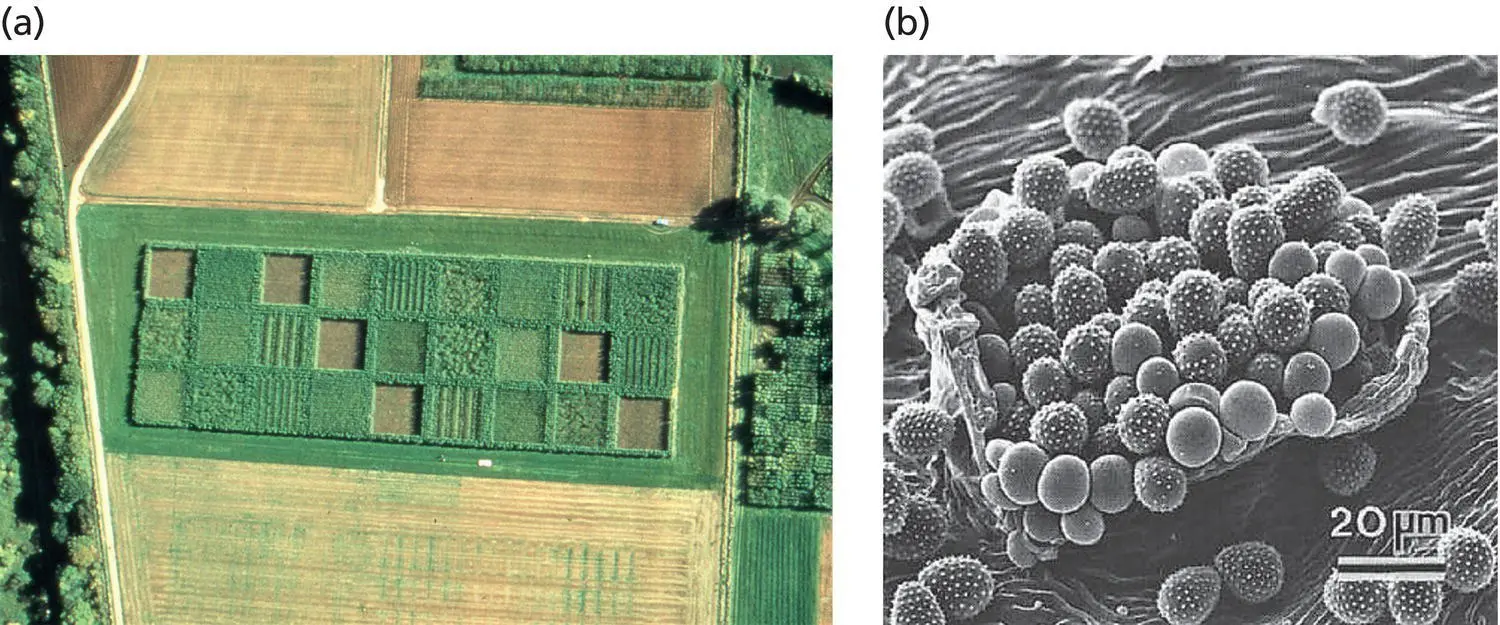
Figure 1.4 Rust of willows caused by Melampsora species. (a) Aerial view of experimental trial of willow clones in summer. Plots which appear empty have lost their leaves due to severe rust infection.
Source: Courtesy of D.J. Royle.
(b) Scanning electron micrograph of rust pustule on willow leaf showing spiny urediospores of the fungus.
Source: Spiers and Hopcroft (1996).
Pathogens which actually kill plants are the exception. More commonly, disease symptoms indicate an impairment of the efficiency of plant physiological and metabolic processes ( Table 1.1). Some symptoms, such as local changes in pigmentation, may be trivial in terms of overall plant performance. Often, the most important consideration is the stage in the life cycle at which symptoms first appear. Severe chlorosis or even necrosis of the first‐formed leaves of a cereal may have little effect upon the final yield, as these leaves senesce naturally during crop growth, and most of the photosynthetic products required for grain filling are provided by the top three leaves and ear tissues. Accelerated abscission of leaves is unlikely to be a problem in annual herbaceous plants but in perennials, it may exert a severe drain on the food reserves of the plant. For instance, Figure 1.4shows defoliation of some willow clones due to infection by the rust fungus Melampsora . Loss of photosynthetic tissue reduces the biomass produced by the crop. A similar symptom can be seen in coffee bushes affected by another rust, Hemileia , or in rubber trees affected by the leaf blight fungus Microcyclus ulei . In both these evergreen crops, early leaf fall is often followed by the production of a second flush of leaves. If these are also prematurely lost due to further infection then the plant loses vigor and may eventually die.
Читать дальше
